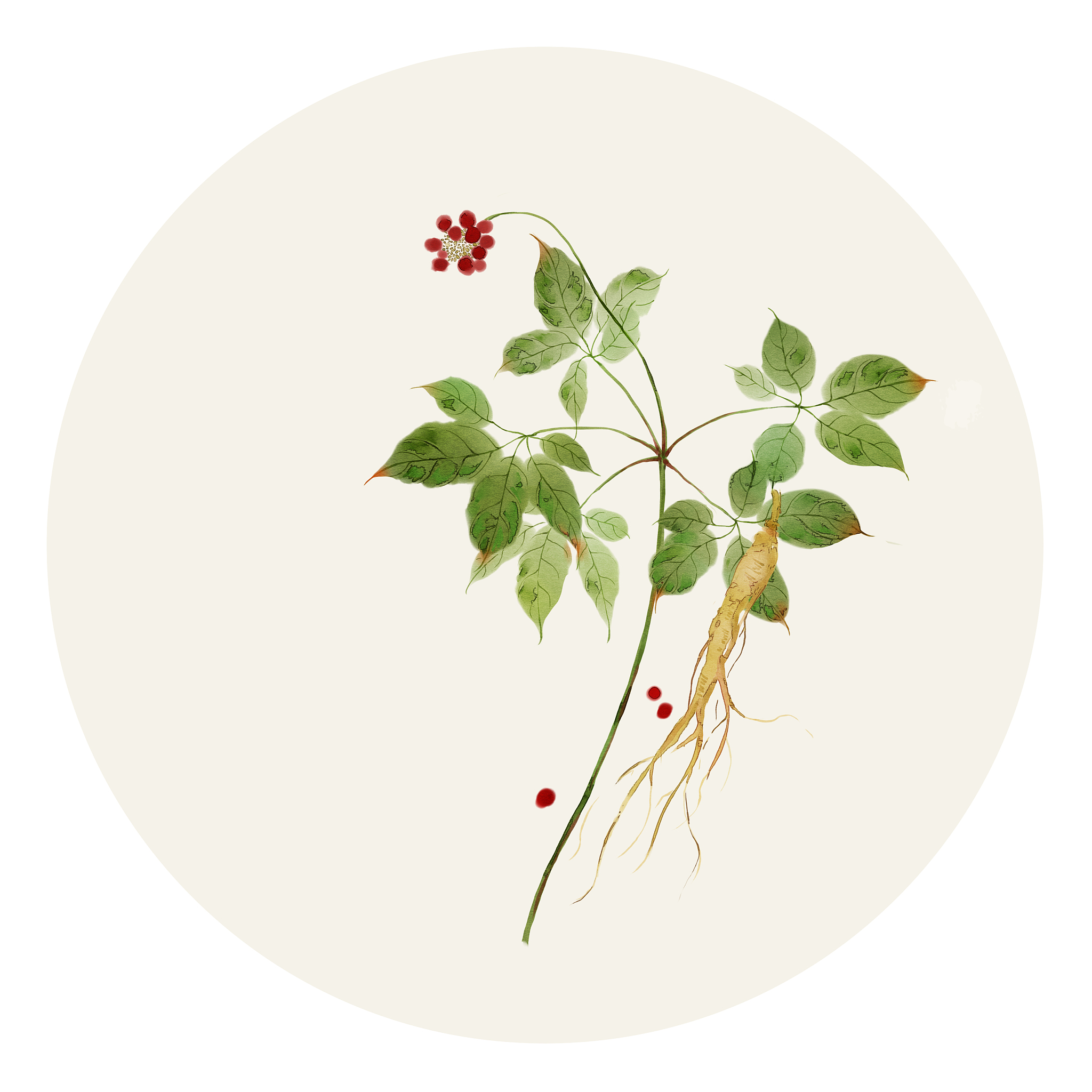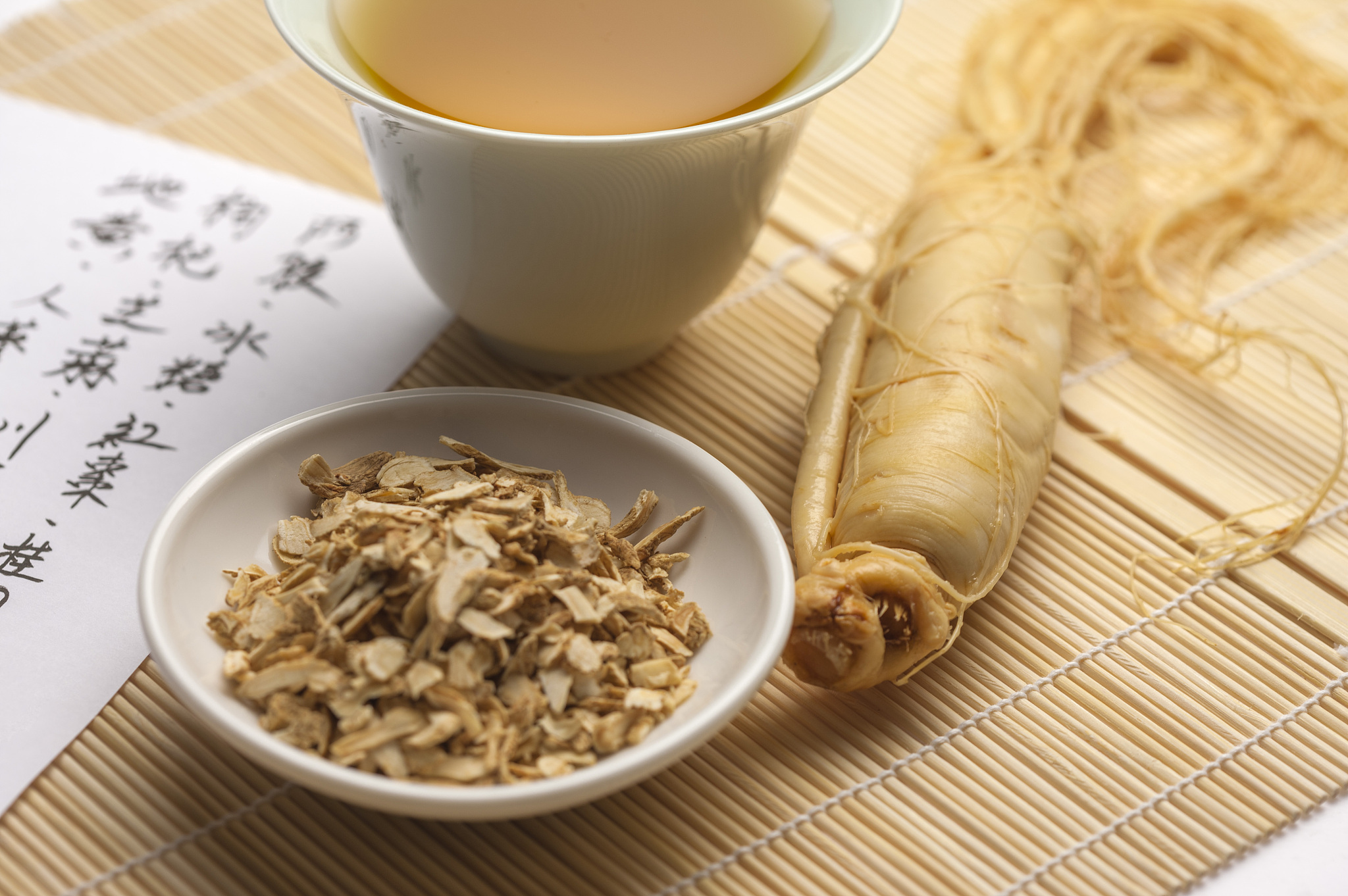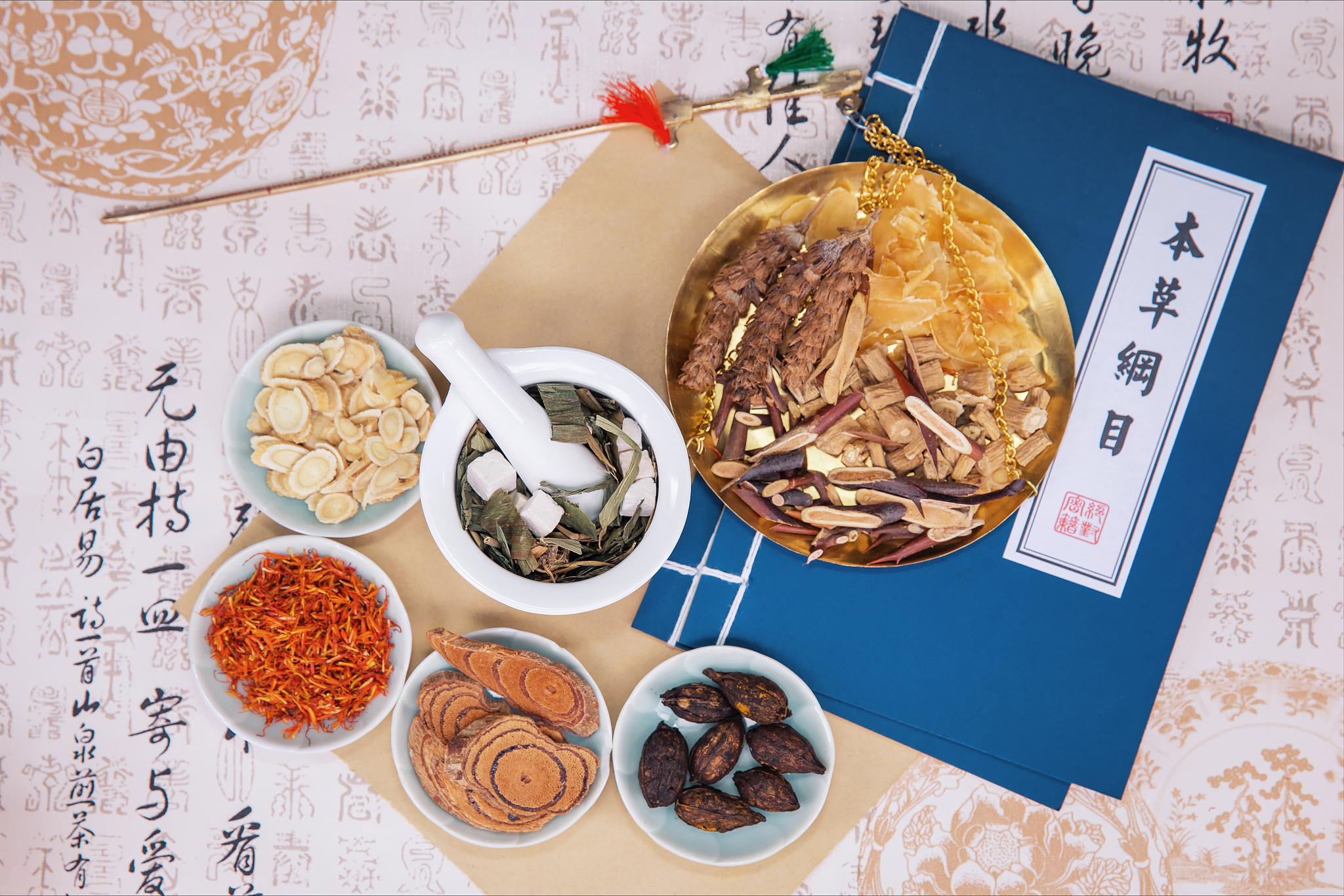According to an ancient book titled "Guang Wu Xing Ji," during the reign of Emperor Wen of the Sui Dynasty (581-604), there was a family in north China's Shanxi Province that could hear people crying in their backyard every night. They followed the sound, but found nothing. One day, a member of the family found a plant with unusually lush branches and leaves 500 meters away from their house. He dug five feet into the ground and found that the root of the plant looked like a human. No more cries were heard since the plant was dug up.
This plant with roots shaped like a human body is called ginseng.

Ginseng, mainly used for deficiency of yin and yang, deficiency of spleen qi and lung qi, asthma, stomach cold and postpartum diseases, has a good effect on the five main internal organs (heart, liver, spleen, lung and kidney), wrote Li Shizhen in "Compendium of Materia Medica."
According to the "Chinese Pharmacy Dictionary," it is used for treating cardiovascular system diseases, stomach and liver diseases, diabetes, neurasthenia and others.

The roots of ginseng, which have a bitter taste and a mild nature, are usually used as medicine.
Ginseng (Panax ginseng) is a perennial herb of the Panax family. It likes a cool and moist climate and prefers loose sandy loam. In China, it is mainly distributed in northeastern provinces of Liaoning, Jilin and Heilongjiang.
Ginseng has been suffering habitat loss due to long-term transitional mining, and many varieties of wild ginseng are endangered. It has been listed as critically endangered in the International Union for Conservation of Nature Red List of Threatened Species. China has protected Changbai Mountain and other ginseng nature reserves to aid the herb's recovery.

About The Great Herbs series:
Chinese herbal medicine is the precious legacy of the Chinese people's struggle against diseases for thousands of years and the essence of Chinese culture accumulated over thousands of years. The "Compendium of Materia Medica," written by Li Shizhen, is a valuable heritage of ancient Chinese medicine and botany, which has played a significant role in promoting the development of medicine and pharmacy in China and even the world. In this series, CGTN guides you through the journey of exploring the great herbs mentioned in the book.
For more:
The Great Herbs: The first of China's nine immortal herbs
The Great Herbs: The buster of blood
Chinese ground orchids help control rocky desertification in SW China
The Great Herbs: Flowers with two colors
(All images via VCG)
(If you want to contribute and have specific expertise, please contact us at nature@cgtn.com.)

